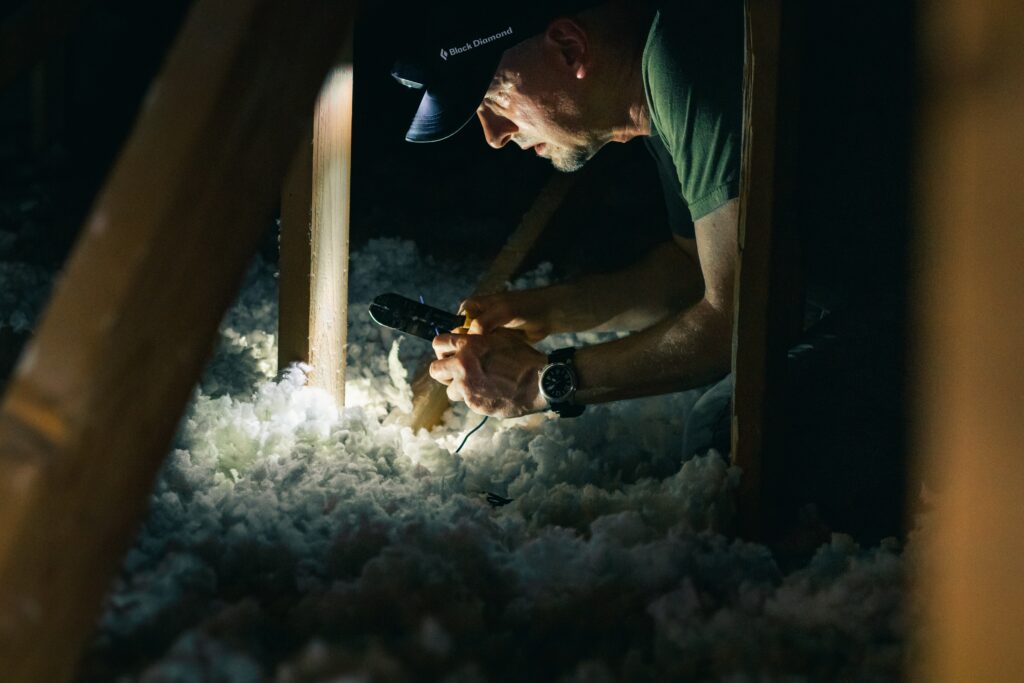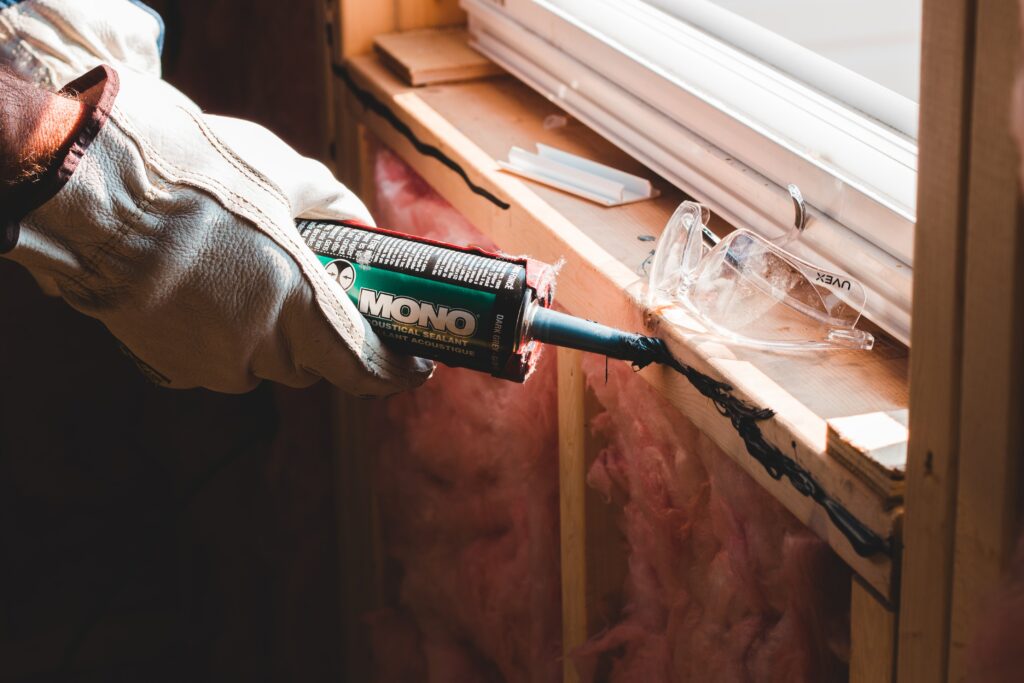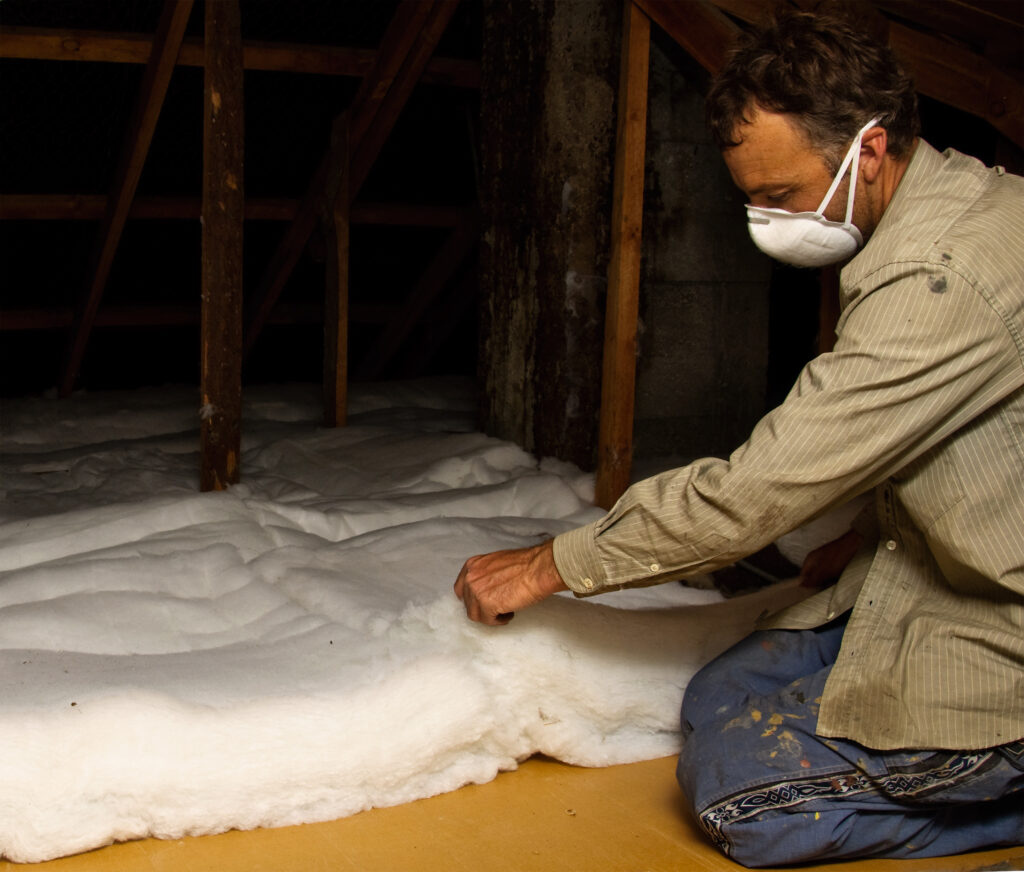
Citizen-led retrofitting, long the poor relation of climate policy, could now be its secret weapon in accelerating rapid transition. Home renovation through the citizen-led model is making breakthroughs from Tipperary in Ireland to Texas in the United States, and with the European Union carving out space for it in their continent wide-approach to improving energy efficiency.
In southern Ireland, in the landlocked county of Tipperary, local citizens have decided to take the matters into their own hands. For this community, the issues of fuel poverty, sky-high energy bills and drafty homes were no longer acceptable, with the dearth of government leadership inspiring the community to set up the Energy Communities Tipperary Cooperative (ECTC).
Founded in around 2012, ECTC has pioneered the citizen-led retrofit and renovation model as a means to drive local development and climate action, to the benefit of the entire community. Through this model, communities are directly involved with the renovation process and how it is governed, with solutions specifically chosen to fulfil local needs. This model champions local businesses, helps foster the local skills base and builds the supply chains needed to deliver energy efficient buildings fit for the 21st century.
And the results can be significant – as the work of ECTC shows. Between 2012 and 2019, 827 houses and 25 communal and commercial buildings have been renovated, achieving energy savings of approximately 8.8GWh – enough to power hundreds more homes.
But beyond the delivery and headline energy-saving figures, citizen-led initiatives like this one offer a service. As a householder, knowing where to begin with the challenge of retro-fitting can be overwhelming, even for people who are knowledgeable and concerned about the issue. By building networks, skills and relationships within the local community, ECTC offers a ‘One-Stop-Shop’ service for homeowners to access grant funding, source quality contractors and even oversee projects. ECTC’s success shows that by taking a community-led approach, the act of retrofitting becomes a community-wide responsibility, rather than just a household one.
In the fight against climate breakdown, and the need for rapid and far-reaching transition in all aspects of society, retrofitting buildings is easily overlooked because it can be seen as ordinary and practical, lacking the excitement and glamour of other, new potential solutions and technological fixes. But the homes that rely on polluting, fossil fuel energy supplies and that are poorly insulated can be both miserable and expensive places to live. Retrofitting is a task that cannot be ignored if we are going to rapidly build a thriving low carbon economy.

The basic statistics need repeating: 40% of the EU’s energy supply is used-up by the built environment, which generates about 36% of greenhouse gas emissions. In the USA, inefficient buildings are responsible for more emissions than the entire transport sector.
Globally, buildings are responsible for 39% of global energy related carbon emissions. Of these emissions, 28% come from the operation of the building – how it is powered, heated and cooled – and the remaining 11% is embedded in the materials used and the construction process.
And as buildings take root, many of those currently in use today are expected to still be in use by the middle of the century. Across Europe, 75% of the buildings in use are classified as energy inefficient. In the UK, at least 26 million homes need to be retrofitted by 2050.
Given this evidence, it is no surprise that the built environment is often referred to as ‘the sleeping giant’ in the low carbon transition. Fortunately, there are a variety of solutions, initiatives and policies being brought to the fore – in all corners of the world – to address this mammoth task.
Curtailing emissions from the built environment isn’t solely a case of building better, with shiny new technologies and sustainable materials: it is about going back and improving what has already been built. Over a building’s lifespan, embodied carbon emissions account for up to 75% of a building’s total emissions. We cannot simply knock them down and start again – we must right the wrongs.
There are immense social incentives for doing this. In England, 13% of households are classified as fuel poor – this is when a household spends more than 10% of its income on fuel costs and when remaining household income is not enough to have an adequate standard of living. In Scotland, fuel poverty affects around 25% of households.
In the United States, low-income households spend nearly three times more of their income on energy costs, while 25% of low-income households are unable to pay energy bills. Across the Atlantic, 12,000 British citizens die each year from the health conditions that arise from having a cold home. Since 1950, there have been 2.5 million avoidable deaths in the UK due to poorly insulated homes. The estimated cost to the health service of cold homes throughout the UK is £850 million every year, but an ambitious retrofitting programme could pay this back in just seven years. Amid a cost of living crisis currently gripping much of the world, retrofitting homes could prevent untold hardship. For instance, in the Welsh town of Carmarthen, hospital admissions actually dropped after 3,000 homes were retrofitted. Regional arms of the NHS, like the Gloucestershire Health Service, are trying to replicate this through their Warm and Well programme.
One particular approach which is proving effective, gaining momentum and giving rise to numerous ‘co-benefits’ – when an action to solve one problem helps to solve several others simultaneously – is the citizen-led renovation model. And this model can take off – and deliver results – rapidly.
Given the scale of the climate crisis, and the urgency in which we must address it, the policies which are often put forward across a range of sectors tend to be state-led, top-down and monumental. And it’s no different in the built environment, where transition is needed in an array of areas, from financing to delivery.
Yet taking a citizen-led approach to renovation can break the mammoth challenge of retrofitting millions of buildings into more manageable initiatives, conducted at the community level. In doing so, local networks and partnerships develop, local government actors and businesses can coordinate, and entire communities are engaged in projects that are shaped to meet their needs, rather than abstract carbon budgets and NDCs.
Another area in which a citizen-led model can stimulate rapid transition is by creating the supply chain capacity for renovation and retrofit. Community retrofitting allows suppliers to develop the appropriate solutions suited to local housing stock that can be transferred from project to project. While no two homes are the same, this approach helps suppliers foster trust and repute throughout communities by adapting to local needs.

The concentration of activity within communities can have a big impact on job creation. And there is scope to prioritise these interventions in low income areas, where high unemployment and a lack of employment and training opportunities can be remedied through community retrofits. The idea of helping the poorest is also popular among the British public, with polling in the UK showing 80% of respondents supported funding retrofits on low income housing. Programmes like the Travis County Housing Services in Texas offer free home improvements to low income housing, including full retrofits, heat pumps and roof coating. With programmes like this, it is no surprise that in Texas, South Carolina, Missouri, and Utah, energy efficiency construction jobs make up between 10% and 24% of all construction jobs.
The cumulative co-benefits that can arise from scaling up renovation and retrofitting through community-based initiatives are significant. Retrofitting buildings throughout the EU could create a net increase of 1.1 million jobs in the built environment alone, an increase of approximately 9%. The job uplift in the UK is seriously impressive too, with 550,000 new jobs potentially created through an ambitious retrofitting programme. In the UK, retrofitting can generate economic value that far outstrips the initial investment through energy bill savings and forgone emissions. Estimates vary, but investments into retrofitting UK housing stock has a net-present value of £7.5 billion by 2035 (this is a way of assessing the value in the present of investments which operate and have an impact over time), with deeper and more thorough measures to improve energy efficiency delivering even greater economic benefits. When you factor in health-related savings and the uptick in GDP, the estimated benefits could reach £47 billion.
Breaking the challenge down into localised citizen-led initiatives can help overcome the upfront costs associated with state-wide building renovation – without reducing the cumulative impact of these initiatives. It also allows the initial investment to remain in the area, providing a boost for local business and creating demand for green building skills. Of course, the demand for green building skills will only be met through investment in skills and training, but cultivating and retaining the relevant skills is far more manageable at a local level than as part of a nationwide push.
Across the EU, money is being stumped up for renovations and retrofitting via the European Investment Bank and through the COVID-19 recovery fund. But these funds are centralised and standardised. A citizen-led model takes a neighbourhood-by-neighbourhood approach, factoring in economic and geographic disparities, but also cultural, historical and political differences too. A more bottom-up approach, anchored in a community, is also more effective in overcoming more pernicious barriers, such as low trust in the construction industry, split incentives between homeowners and tenants, and the feeling overwhelmed by the complexity of the project and not knowing where to start.
Community-level initiatives are also highly complementary to other citizen-led projects, such as energy cooperatives, community land trusts and awareness raising projects. In Belgium, PajoPower started as an energy cooperative with the sole focus on improving the community’s access to solar PV. But in 2017, PajoPower partnered with the provincial government to provide ‘renovation coaching’ to members of the community. This includes a free energy audit, the development of a renovation plan and suggested local contractors to carry out the work. By using off-grid renewables for the community as the entry point, PajoPower has been able to stimulate broader transitions within the built environment.
Other cooperatives, like Carbon Co-op in Manchester, provide both energy services and advocacy work to help the surrounding community radically curtail their emissions. One of their services, ‘People Powered Retrofit’, takes a dual approach of collaborating with local contractors to provide both training on, and support for, sustainable renovation for homeowners and contractors. Carbon Co-op have recently launched the Retrofit For All Toolkit which outlines what is required at each step of a retrofitting project.
Cooperatives and other community-led organisations lend themselves to the citizen-led renovation model because of the long term investment these organisations make into the surrounding communities and their ability to spread costs to aid affordability.
The scalable logic of citizen-led renovation is simple: rather than trying to create a blanket policy to renovate all the homes within a district or town, it is most effective to engage households in the process of retrofitting and renovation. And while these community-led initiatives are currently small, there is huge scope to upscale them, with many groups acting independently, through ‘polycentric governance’.

The scalability of the citizen-led model could help overcome many of the barriers facing mass retrofits. For instance, sharing learnings and knowledge across community initiatives can build capacity and improve engagement – especially when the initiatives have similar focuses and are in the same locations. There is also evidence of ‘peer learning’ from these projects, where sharing sessions and open home events are used to stimulate demand among local community residents. What’s more, there is potential to engage with, and build-up, transition intermediaries that work within and across local communities to help stimulate broder sustainable transitions.
Beyond the cumulative impact of citizen-led renovations, there are also the behavioural spill overs that can be triggered by directly engaging households on renewables, retrofits and wider transitions. This can, in turn, increase climate policy impact as households are more receptive to local policy initiatives as they see the benefits first hand. There is also evidence to suggest that these community initiatives can build up the shared values over social issues, such as justice, democratic governance, fuel poverty and community empowerment. More promising though, is how these sort of initiatives build a causal relationship in people’s minds about the relationship between household energy use and the climate crisis, helping bridge the gap between systemic change and individual behaviour change.
There are concerns, however, over the availability and stability of funding. Taking on a deep retrofit isn’t a trivial matter for homeowners, so ensuring that funding and grants remain in place is crucial to maximising uptake. Funding is forthcoming though, and comes in numerous forms. The most common funding vehicle for this model of retrofitting is government, either local, national or regional, where funding pots are ring fenced for energy efficiency improvements. Yet these funding routes can often be opaque and complex, which highlights the need for one-stop-shops to help homeowners and citizens access the funding they need. But due to citizen-led renovation models having clear synergies with renewable energy capacity and other social ends, funding can also be accessed through government bodies that promote the development of sustainable energy, like the Sustainable Energy Authority of Ireland (SEAI). There are also Council-run funding schemes, such as the one offered by Plymouth Council, where cooperatives have their funding matched by the local government to scale up social enterprises. While there is funding available, and it has made a considerable impact to local retrofitting efforts, there is a need to unlock greater amounts of public and private finance to make sure all our buildings can be made warm, welcoming and low carbon.